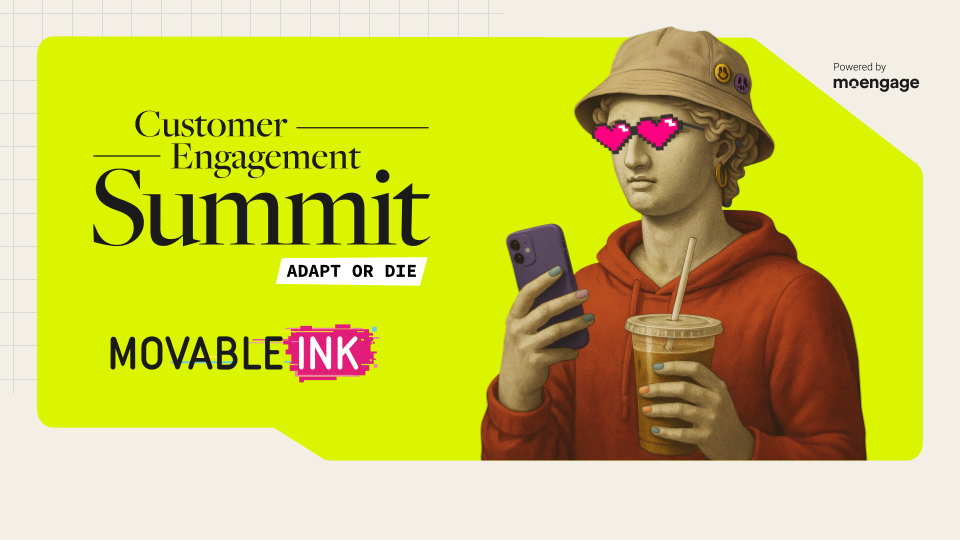Marketers agree that true 1:1 personalization drives better results. Yet too often, it stalls at the basics—first names, generic product recommendations, and triggered sends that feel more automated than thoughtful.
The personalization that actually drives impact– the kind that makes every message feel intentionally crafted, often gets deprioritized. With tight budgets, shifting strategies, new platforms, and evolving tech stacks, it’s easy to delay more advanced efforts.
But personalization doesn’t require perfect timing. It’s more accessible than ever, and starting now can lead to meaningful results without adding complexity. Here are four common excuses that tend to hold teams back, and why it’s worth moving past them.
Myth #1: “We’re Switching ESPs, So Now’s Not the Time”
Why it feels true:
No one wants to invest in a new solution only to redo the work six months later. When an ESP migration is underway, it feels safer to hit pause on anything new, especially personalization
Why it’s a myth:
Sophisticated personalization doesn’t have to be tied to your ESP. Movable Ink’s Studio is built to be platform-agnostic, meaning it works with any ESP with just a simple HTML tag that you copy and paste into the messaging template in your delivery system. That makes it easy to get started now and simple to carry that personalization over when your new ESP goes live. No need to rebuild content, rewire data connections, or start from scratch.
What to consider instead:
Rather than waiting, this transition period can actually be the perfect time to lay the groundwork for your personalization strategy. Personalized content can be created and launched in Studio and ported directly into your new ESP when it’s ready,without duplication or extra work for your development team. Even the data powering those experiences, including API connections, remains intact through the migration.
Interestingly, keeping personalization active during an ESP switch can actually support your migration goals. It makes IP warming more effective, helps maintain engagement, and opens up new opportunities to collect zero-party data that will fuel personalized campaigns post-migration.
Take a cue from Best Western. In just 30 days, they launched a smart loyalty campaign that personalized the experience for travelers who hadn’t yet joined their rewards program. When someone booked a stay, they received a poll asking them to vote for their favorite vacation destination. The option they selected then determined the hero image in their follow-up email and fueled future retargeting.

Myth #2: “We Don’t Have Budget for New Tech”
Why it feels true:
In a tight fiscal year, every new tool is scrutinized and expected to deliver fast, measurable ROI. It’s tempting to cut out any expense that doesn’t show immediate and tangible benefits, especially when budgets are under pressure.
Why it’s a myth:
Personalization isn’t just another piece of tech, it’s a performance driver. The right solution doesn’t just add to your stack; it makes the rest of your marketing work harder. By reducing content production time, increasing engagement, and driving measurable revenue, personalization can quickly justify—and often exceed—its cost. In many cases, the bigger risk is not investing, especially if competitors are already getting ahead.
What to consider instead:
Think of personalization as an efficiency upgrade, not a tech purchase. With the right tools, teams can do more in less time, scale without headcount, and automate repetitive tasks that would normally eat up hours.
Take real-time data integrations, for example. Tapping into APIs for things like inventory levels, loyalty status, or behavioral signals can automate content updates across your campaigns without any additional manual work. Lenovo leaned into this exact strategy during their Cyber 5 campaigns.
By using a real-time Doorbusters API app, Lenovo North America dynamically served the right deal to the right audience based on ten different pricing tiers and customer criteria. By doing so, Lenovo’s marketing team saved over 200 in production time, and $3.3 million in last-click revenue.
When done right, personalization pays off. Literally.


.png)



.png)
.png)



